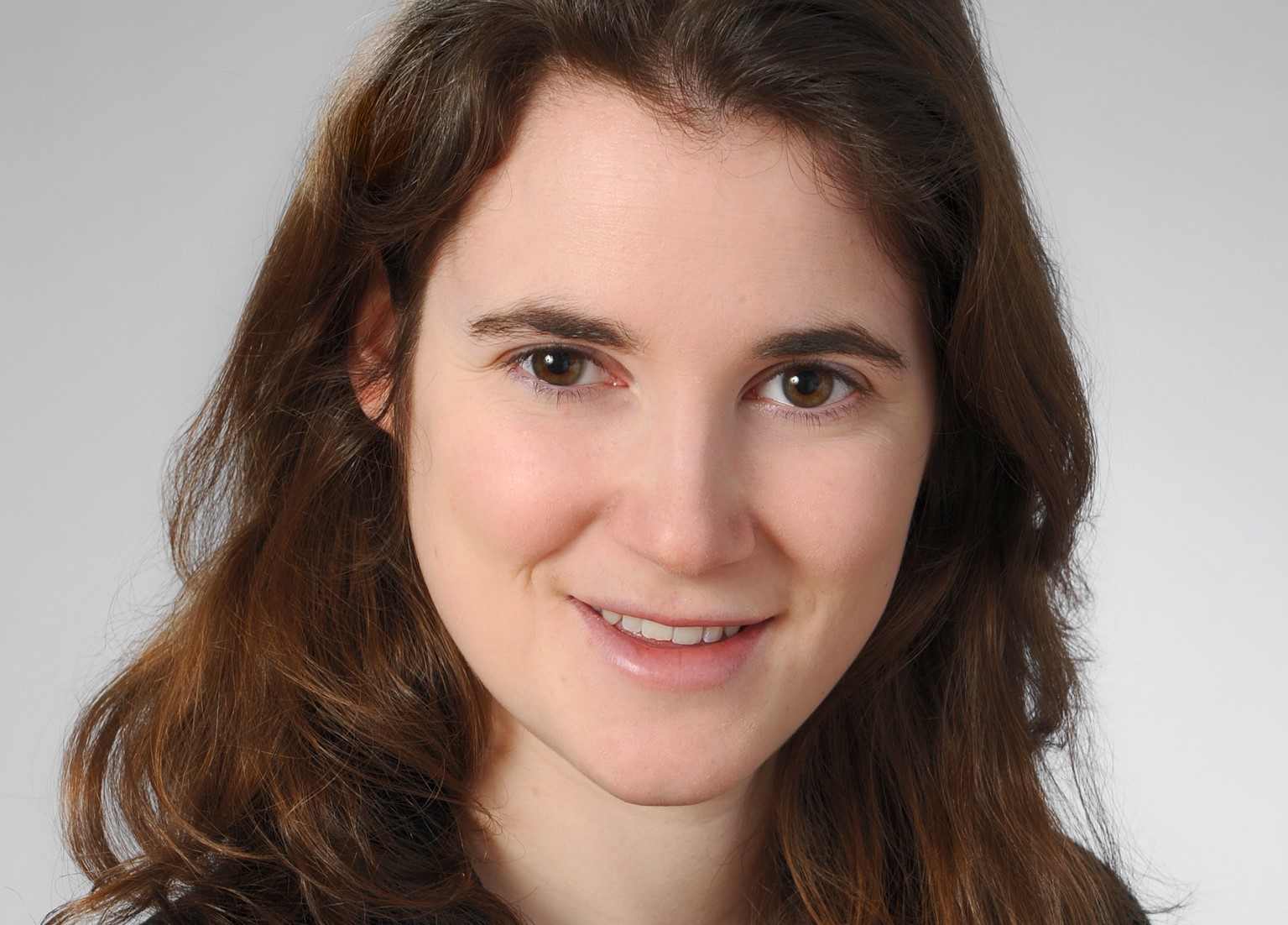Topics like blockchain and cryptocurrencies have long been part of daily news coverage, and investors see a bright future in blockchain and its companies. But although more and more players are addressing the issue, women are still rare in the industry. In our series, we therefore present women who are shaping the blockchain industry.
The percentage of women involved in cryptocurrency is far below that of men. Despite various efforts to get women interested in the subject complex as well, the crypto scene is a largely male-dominated industry.
With our series, we introduce female impulse makers from the blockchain that no one in the DACH region can pass by. They are role models for those who are interested in the technology and want to play a key role in shaping its success. Not least because blockchain can be used as a tool for gender equality and inclusion.
Today in conversation: Dorothea Ysenburg from Mastercard
How did you get into blockchain and what exactly do you do?
I have always been curious and interested in new trends and developments. I first became aware of Bitcoin and Blockhain in 2014 when a friend who worked at Handelsblatt at the time told me about her latest article highlighting the Bitcoin phenomenon. Since then, I have dealt with it again and again, sometimes more, sometimes less. At Mastercard, my work with fintechs and the strategy team gave me more insight into the industry and its rapid development, and my interest was piqued. That’s when I took a chance and applied for a job at Mastercard with a focus on crypto and digital assets.
In this role, I am responsible for the Digitalassets and Blockchain Segment Go-To-Market strategy for Masercard in Europe. My team handles client relationships with crypto exchanges, wallets, and NFT and Collectible platforms.
What attracts you to the subject?
From my perspective, Distributed Ledger Technology (DLT) has the potential to revolutionize the Internet. For the first time we have the opportunity to prove on the Internet that we are the owners of certain assets without the need for a third party.
We’re already seeing, and it’s still niche, a large number of use cases, outside of trading.
I’m excited by how quickly new use cases are being developed, and I find it fascinating how many different players are interested in the field, from financial institutions to fashion houses. Finally, I believe that Europe will be a global leader with MiCA (Markets in Crypto Assets), so we are well positioned to drive DLT and digital assets here.
Why should everyone embrace cryptos and blockchain in the future?
I leave it up to everyone to decide for themselves whether or not they want to deal with the issue. However, we should remember that we have a Crypto Adoption Rate similar to that of the Internet in 1998/99. A few years later, the Internet was omnipresent. Personally, I prefer to deal with important innovations sooner rather than later.
What part do you play in bringing the topic to the masses?
At Mastercard, we follow three principles:
- Stability
- Compliance with legal requirements
- End Customer Protection
Based on these three principles, we work with our customers to improve user experiences, such as transferring money to an exchange and using cryptocurrencies at the POS, while ensuring end-user protection. An excellent user experience is essential to reach the masses.
Which social media platforms are particularly important for you and your work, or which do you use?
I work mainly via email and Linkedin. To keep up to date, I use Twitter and Discord, in addition to various websites and podcasts.
